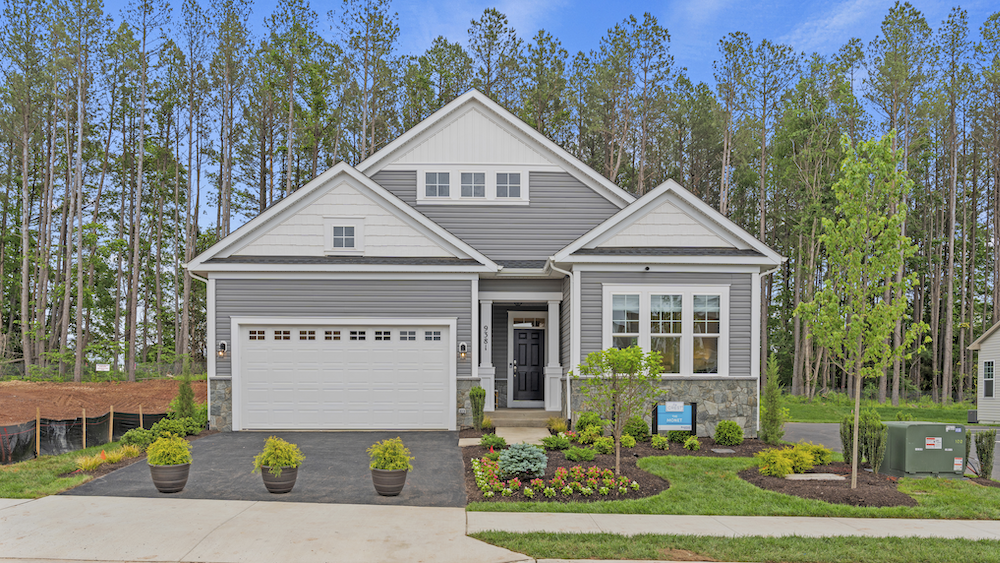Is a Certified Age-Friendly Community in Your Future?
Category: Best Retirement Towns and States
November 10, 2021 — People in retirement have different needs and abilities. So finding a place to retire that offers the transportation, housing, social activities, and health care suitable for your age is important. Fortunately there are some organizations that are working to develop and identify more communities that are age friendly. The AARP, which now has 575 cities in its AARP certified network, is one of them. Many states have also developed programs to certify as retirement communities too.
Certified communities are working to provide safe and walkable streets; age-friendly housing and transportation options; access to needed services; and opportunities for residents of all ages to participate in community life.
Is your community age-friendly?
The AARP assesses livability for the cities in its network based on how well they deliver 8 domains of livability and age-friendliness. The states with these programs have similar criteria. Those include: Housing, Social, Communication, Outdoor Spaces and Buildings, Transportation, Health Services, Respect and Inclusion, and Civic Participation and Employment. The cities are then ranked by their livability scores. Detailed results are shown for each of the 8 factors in each community, including a comparison of how each city compares to other U.S. communities on each component. Texas has a Certified Retirement Community program with many cities listed in it.
Madison (WI,) with a livability score of 66, is the highest scoring mid-sized community in the AARP network. Three Wisconsin towns topped the list of small cities, which also had livability scores of 66 (Fitchburg, Sheboygan, and La Crosse).
As one example of a city in the network, Carlsbad (NM) has an overall livability score of 48. As it reported in its profile, Carlsbad’s age-friendly council worked to accommodate older residents and others with difficulty seeing, Jobs Fairs for seniors, Alzheimers resources, and veteran services.
Is it worth moving to a certified age-friendly community?

State lists and the AARP’s list of 535 communities and their rankings are a useful screening tool for people seeking a great place to retire. The scores on livability and age-friendliness provide helpful comparisons. All things being equal, it seems like you would be better off in a city that is striving to make life easy for people of retirement age. But a lot depends on many other factors too. How well did the city do in improving the factors that matter most to you? Are they meaningful enough to make a difference among your top choices? Your own factors like climate and cost of living might be more important to you. If there is a community that has something you really want, like the presence of your grandchildren or friends, or the lifestyle you have been dreaming of, that is a lot better reason to select it as your retirement city.
Comments: Would it make any difference to you if you could move to an age-friendly community that has been certified? Please share your thoughts in the Comments section below.






Comments on "Is a Certified Age-Friendly Community in Your Future?"
Everette says:
How can the index for age-friendly cities exclude cost-of-living and crime? The list looks very incomplete to me.
JD says:
I agree with Everette. Instead of something that might be actually relevant to seniors you get things in the AARP index like % of people that smoke and are obese. Why would that matter to me? Other people smoking doesn't make me unhealthy (unless I'm in the same room as them and I never am) and someone else being obese doesn't make me obese. These type of ratings are always either useless, misleading or total crap.
Clyde says:
These types of ranking/rating systems may be worth reviewing, but are only part of the research a prospective retiree should do. Some helpful tidbits of information are likely to be found. But they’re ultimately driven by factors put into a formula or algorithm to produce the results. Most of the of the top 10 in the large and mid-size ranges are places that are very expensive to live in. Nevertheless, I find articles like this to be interesting and informative.